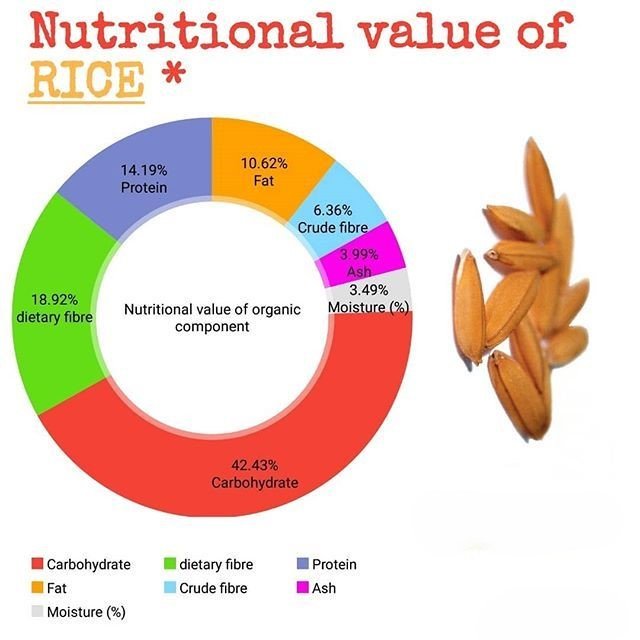The milling process has a significant impact on the nutritional value of rice. Here’s how it affects the different components:
1. Loss of Bran and Germ
- Impact: During the milling process, rice is typically stripped of its outer layers (bran and germ) to produce white rice. The bran and germ contain essential nutrients like fiber, vitamins (especially B-vitamins), minerals (such as iron and magnesium), and healthy fats. Removing these layers reduces the nutritional content, particularly in terms of fiber and micronutrients.
2. Reduction in Fiber Content
- Impact: Brown rice, which retains the bran and germ, is much higher in fiber compared to white rice. The milling process that removes these parts results in a significant decrease in the fiber content, which is essential for digestive health, blood sugar control, and heart health.
3. Loss of Vitamins and Minerals
- Impact: The bran and germ of rice are rich in nutrients like thiamine (Vitamin B1), niacin (Vitamin B3), and iron. Milling reduces the levels of these micronutrients, leading to a less nutritious product. This is one reason why white rice is often enriched with iron, folic acid, and other B vitamins to restore some of the lost nutrients.
4. Changes in Glycemic Index
- Impact: The milling process alters the structure of rice, making it more refined and digestible, which leads to a higher glycemic index (GI) in white rice compared to brown rice. This means white rice is more likely to cause rapid spikes in blood sugar, which may be of concern for people with diabetes or those trying to manage their blood sugar levels.
5. Reduced Antioxidant Content
- Impact: The outer layers of rice also contain antioxidants like phenolic compounds, which are beneficial for reducing oxidative stress in the body. Milling removes most of these antioxidants, making white rice less effective at providing these protective health benefits compared to brown rice.
6. Nutrient Fortification
- Impact: To compensate for the loss of nutrients during milling, white rice is often fortified with vitamins and minerals, such as iron and folic acid. While this helps restore some nutritional value, it cannot replace the full range of nutrients that are naturally present in the bran and germ.
7. Energy Content
- Impact: Both white and brown rice provide similar amounts of calories and carbohydrates, but because white rice lacks fiber, it is less satiating. The absence of fiber can lead to faster digestion and a quicker return of hunger.
Milling removes much of the nutritional value of rice, particularly in terms of fiber, vitamins, and minerals. Brown rice, which retains its bran and germ, offers more nutritional benefits than white rice, especially in terms of fiber, antioxidants, and micronutrients. However, white rice is often enriched to make up for some of these losses, although it remains less nutritious overall compared to brown rice.









